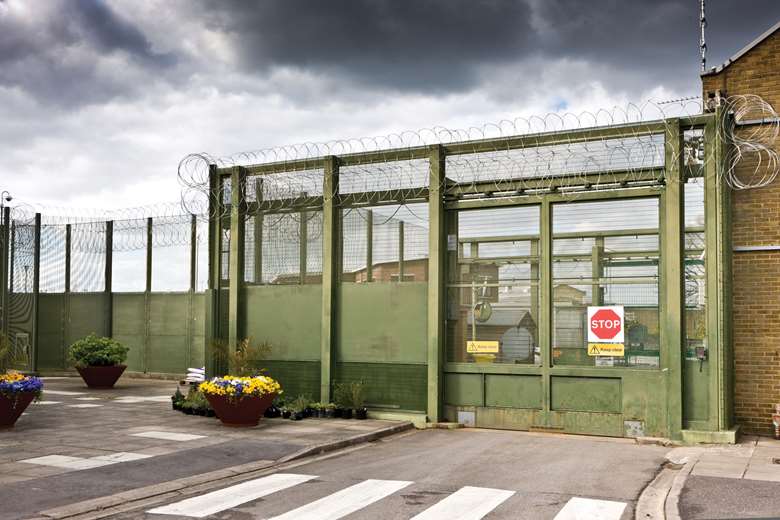Extending youth justice beyond age 18 is a no-brainer
Howard Williamson
Tuesday, February 17, 2015
The number of young people in the youth justice system has fallen dramatically. When I departed the Youth Justice Board (YJB) in 2008, the numbers in youth custody had just peaked at over 3,000. Today, they have dropped to below 1,000, with corresponding closures of young offender institutions, secure training centres and local authority secure children's homes.

One of my early contributions to the work of the YJB was to initiate the development of a prevention and inclusion agenda. This, along with other measures, was intended to slow the numbers entering the youth justice system and, through slowing the flow, reducing those ending up in custody. There are probably many other reasons for the current situation, which should be celebrated, but it would be rewarding to think that those prevention measures have had some effect on these outcomes.
Now, then, is the time to think about next steps for youth justice, especially in relation to those young people who are still in the system and those who are destined to move beyond it, into regimes in both community and custody for young adult offenders. It is in fact bizarre that our cut-off point for juvenile justice remains at 18. In most other youth policy domains, as youth transitions have become more prolonged and complex, the definition of young people across many countries extends into the 20s, often up to (and occasionally beyond) the age of 30.
Yet young adult offenders, the 18- to 24-year-olds, have recurrently been overlooked in terms of any specific approach to criminal justice interventions. A Barrow Cadbury Trust report some years ago depicted this group as "lost in transition". After intensive attention to the younger offenders, interest in their particular needs was conspicuous only by its absence.
Now there is a chance to extend to that age group the framework and practices that have informed the youth justice system for the past 15 years. At least, for those who started their involvement in youth justice and remain within the criminal justice system, support, surveillance and supervision - and even security (imprisonment) - should continue in a similar way.
The diminishing number of young people who are still in the system for under-18s are likely to have more protracted and complex needs. Recent reports about possibly needing to place police officers inside a young offender institution (Feltham) throw into relief just how tough it is becoming to deal with the hardest cases in the system, those who have a lifetime of contact with it, are often connected with gangs, and are sometimes at risk of conversion to the forces of reaction or radicalisation. New and more intensive methods and measures of both support and regulation are urgently needed for them.
But there is one other opportunity that should not be overlooked, if the political will can be cultivated in time, even in these days of draconian public sector cuts. And that has to do with contact and engagement once statutory requirements and responsibilities have come to an end. That is always the toughest time for young offenders, who can then no longer use the excuse or explanation of their orders to govern their lives and lifestyles. In the best of circumstances, moving forward positively has always been a huge challenge for young offenders. Hence the robust focus under the auspices of the YJB on education, training and employment, health care (particularly with regard to mental health and substance misuse) and, latterly, housing and resettlement.
In times of unprecedented youth unemployment and the enforced retreat of many generic community and youth services, the situation of young offenders after justice has been dispensed and concluded is precarious. The temptation to return to the old ways is, for many, likely to become too intense to resist.
Should this scenario materialise, we will have brilliantly snatched defeat from the jaws of victory, losing all the momentum and experience that has accrued in youth justice since New Labour's key reforms at the end of the 1990s. There is a clear agenda for young offenders and their young adult equivalents that should be neither ignored nor subjected to a party political bun-fight in the run-up to the election.
The criminal justice system for the young should be extended and deepened for those within it. And those leaving its formal rules and regulations need the offer of, and access to, continuing services that will strengthen their prospects of rehabilitation and social inclusion. The proposition should be a no-brainer; let's see if those responsible have sufficient nous to make it happen.
Howard Williamson is professor of European youth policy at the University of South Wales




